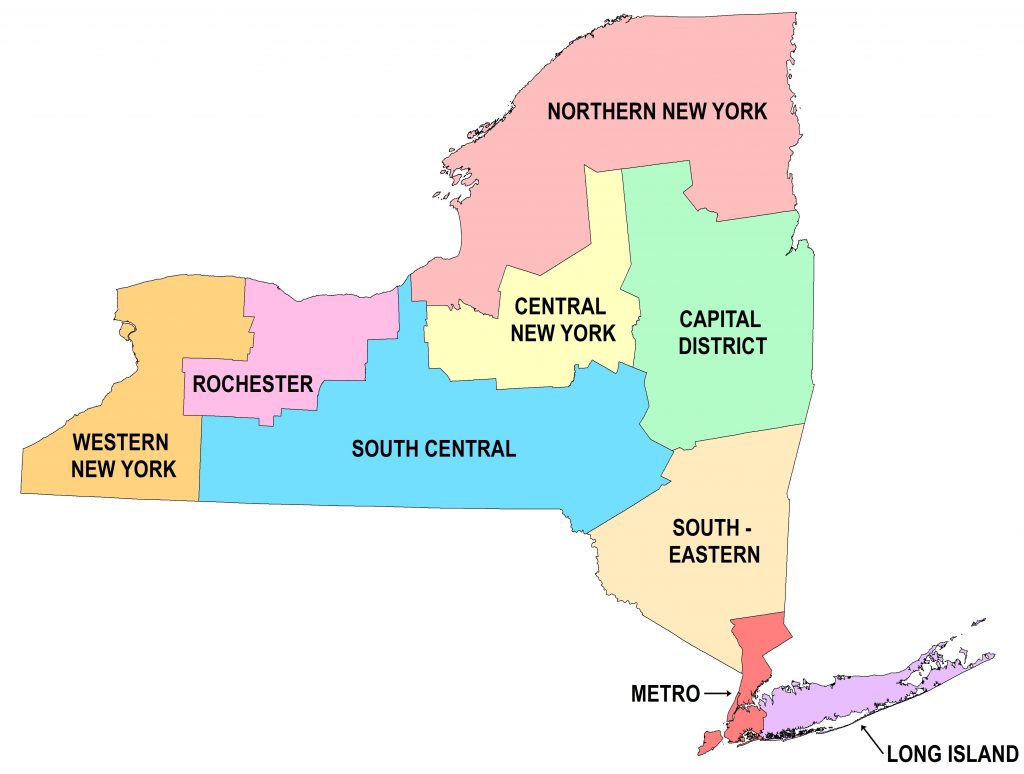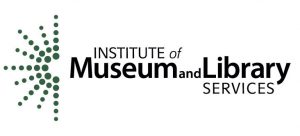Pathway’s first year is centered around ’empathic discovery and problem definition’. Throughout its several phases, the focus is on collecting stories of librarians throughout the state in a compassionate way which acknowledges the potential emotions tied to describing their roadblocks. After collecting these stories via journey maps and interviews, Pathways will then look for commonalities throughout these stories and begin to formulate concrete problem statements that can be taken through to Year Two.
Phase One: Train-the-Trainer
In order to collect stories from all nine regional library councils, Pathways will be assembling a team of research assistants, with two from each region. These research assistants will then undergo multiple web-based training sessions-covering topics such as privacy, participant comfort and consent, supporting the journey mapping process, and more- along with Collaborative Institutional Training Initiative (CITI) web-based training on research ethics.

Phase Two: Gathering the Pathways
After finishing their training, research assistants will collect stories from at least five local participants from their home region. They will guide each participant through the journey mapping process, asking both overarching questions about the map and more probing questions in order to gain greater insight into each participant’s experience along their pathways. The interviews will cap off with reflective questions, such as “what kind of story do you think your map tells?” and “what feelings does it bring up when you look at it?” (See more information about the interview process under Participant Resources). Research assistants will then collect the maps, as well as audio recordings of the interview, to pass along to Phase Three.
Phase Three: Preparing for the Journey Ahead
In order to develop the problem statement that will guide Year Two, the collected journey maps and audio recordings will be analyzed in tandem to surface major trends and themes regarding challenges and barriers. Because of the qualitative nature of the journeys collected, each of the eighteen research assistants will be tasked with looking over at least ten interviews to ensure at least two people read and interpret the information and hopefully help to eliminate some potential biases.

